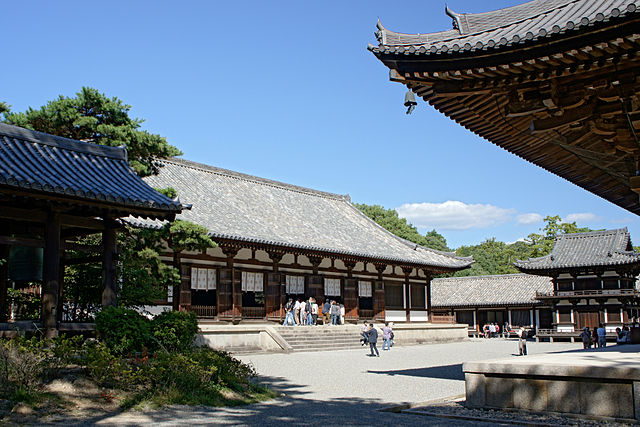Risshū_(Buddhism)
Risshū (Buddhism)
School of Nara Buddhism
Risshū (律宗), also Ritsu school, is one of the six schools of Nara Buddhism in Japan, noted for its use of the Vinaya textual framework of the Dharmaguptaka, one of the early schools of Buddhism.[1] The Ritsu school was founded in Japan by the blind Chinese priest Jianzhen, better known by his Japanese name Ganjin. Ganjin traveled to Japan at the request of Japanese priests, and established the Tōshōdai-ji in Nara. During the Kamakura period, the Ritsu sect was divided into schools at Tōshōdai-ji, Kaidan-in, Saidai-ji, and Sennyū-ji. However, during the Meiji period, the Ritsu sect was incorporated within the Shingon sect by decree of the Japanese government. Today only Tōshōdai-ji, which resisted the government measures, retains its identity as a Ritsu temple.
This article needs additional citations for verification. (June 2016) |
